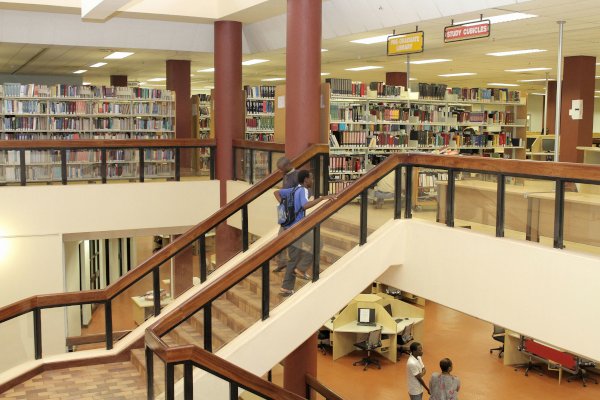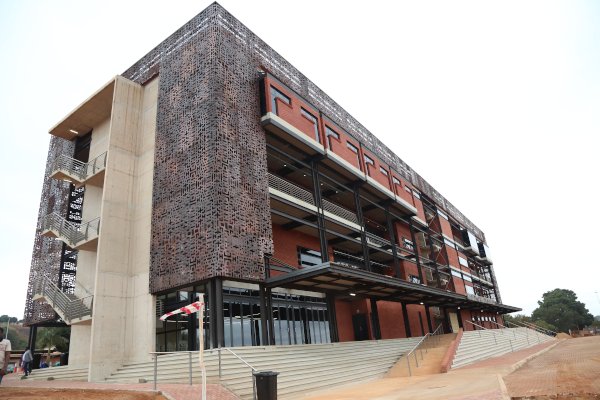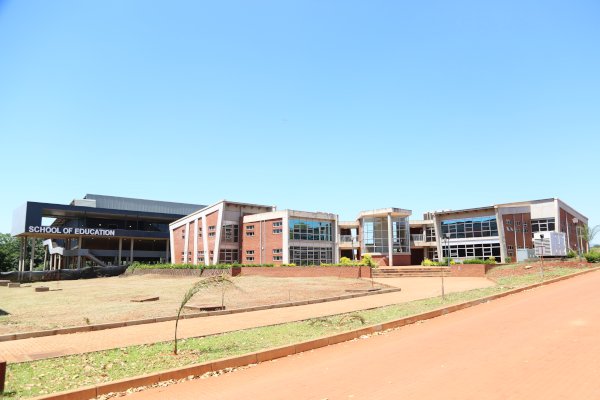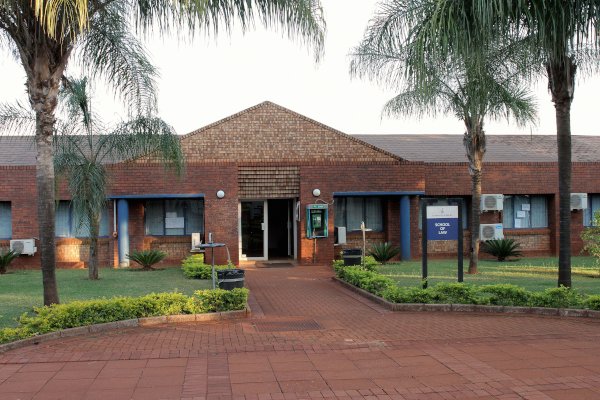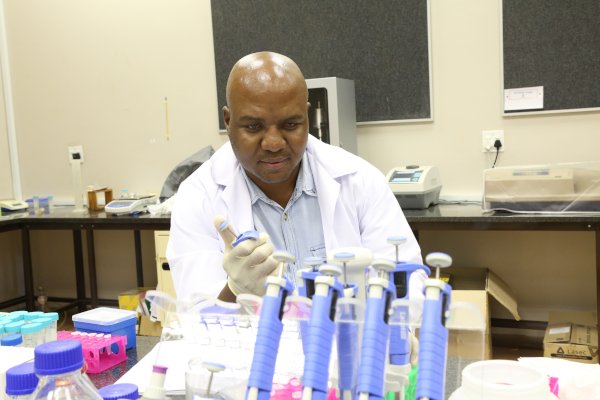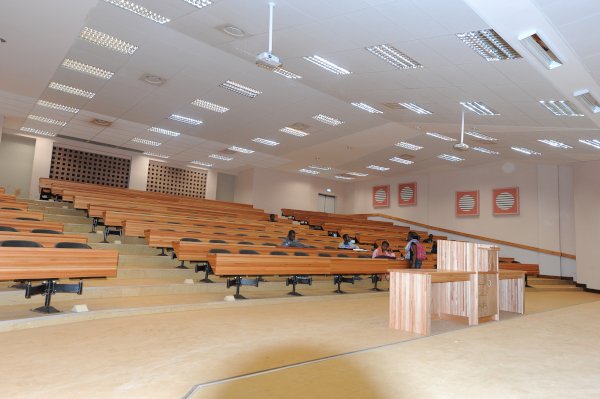Welcome to the University of Venda Institutional Repository, an open digital archive of the research output of the University of Venda. Univen IR contains theses and dissertations, research papers as well as conference papers. For further information and assistance please contact Mr Keith Malabi at +27 15 9628564 or +27 15 962 8314 during office hours
Most Viewed Items
Views
3127
1203
1078
796
686
602
593
564
553
507
Most Downloaded Items
Downloads
6997
4783
3396
2911
2382
2257
2115
2092
2089
2080
